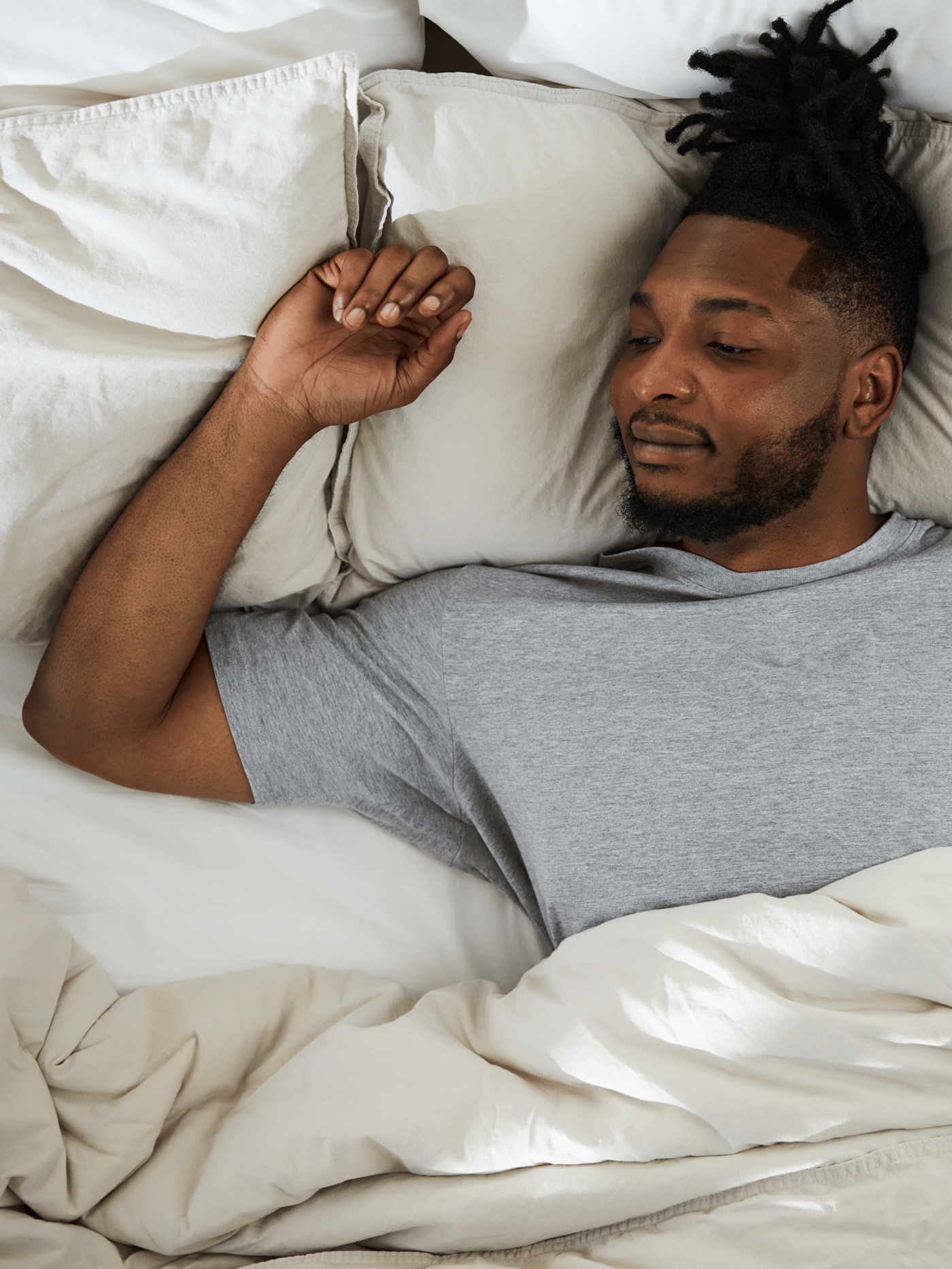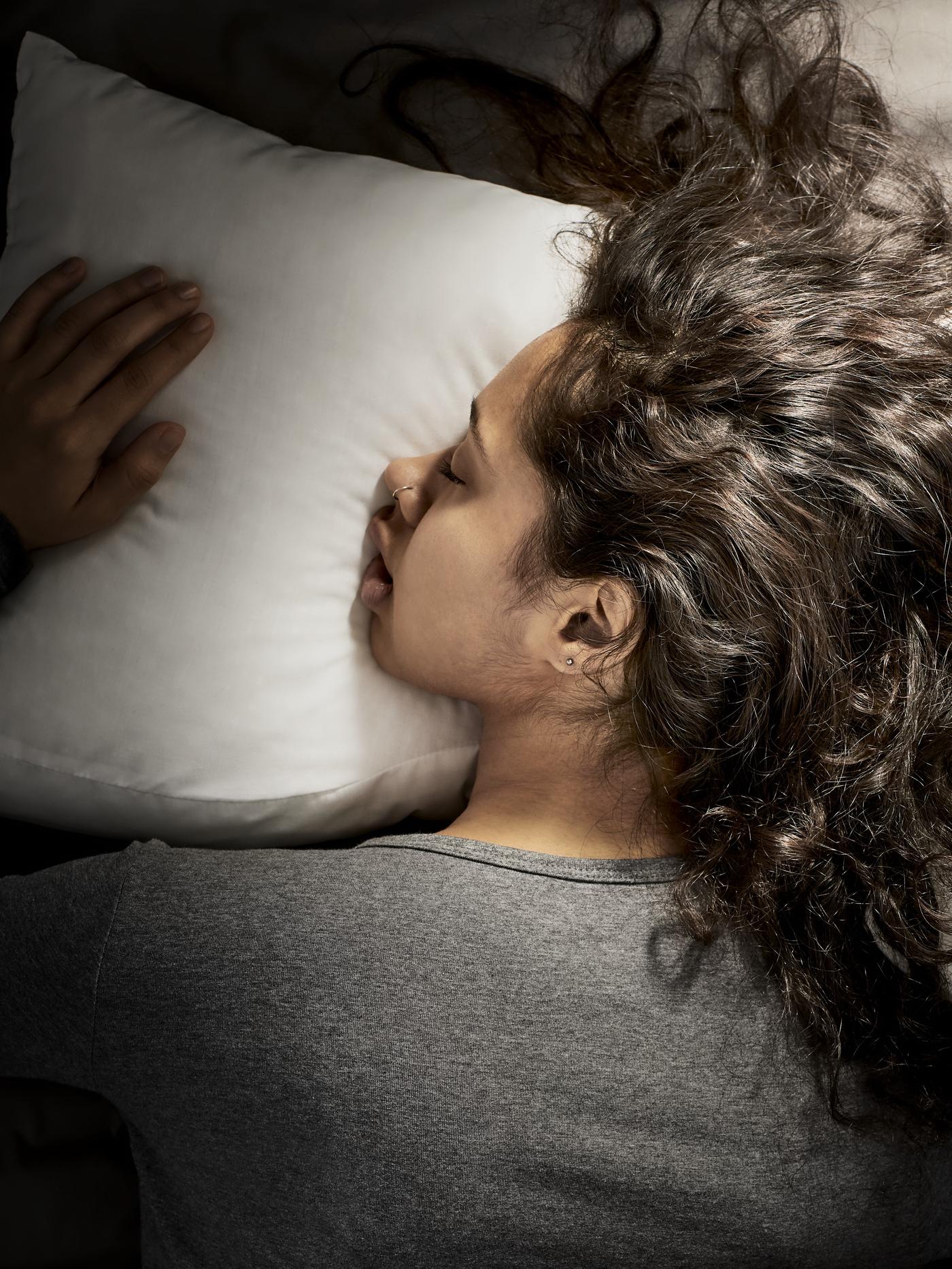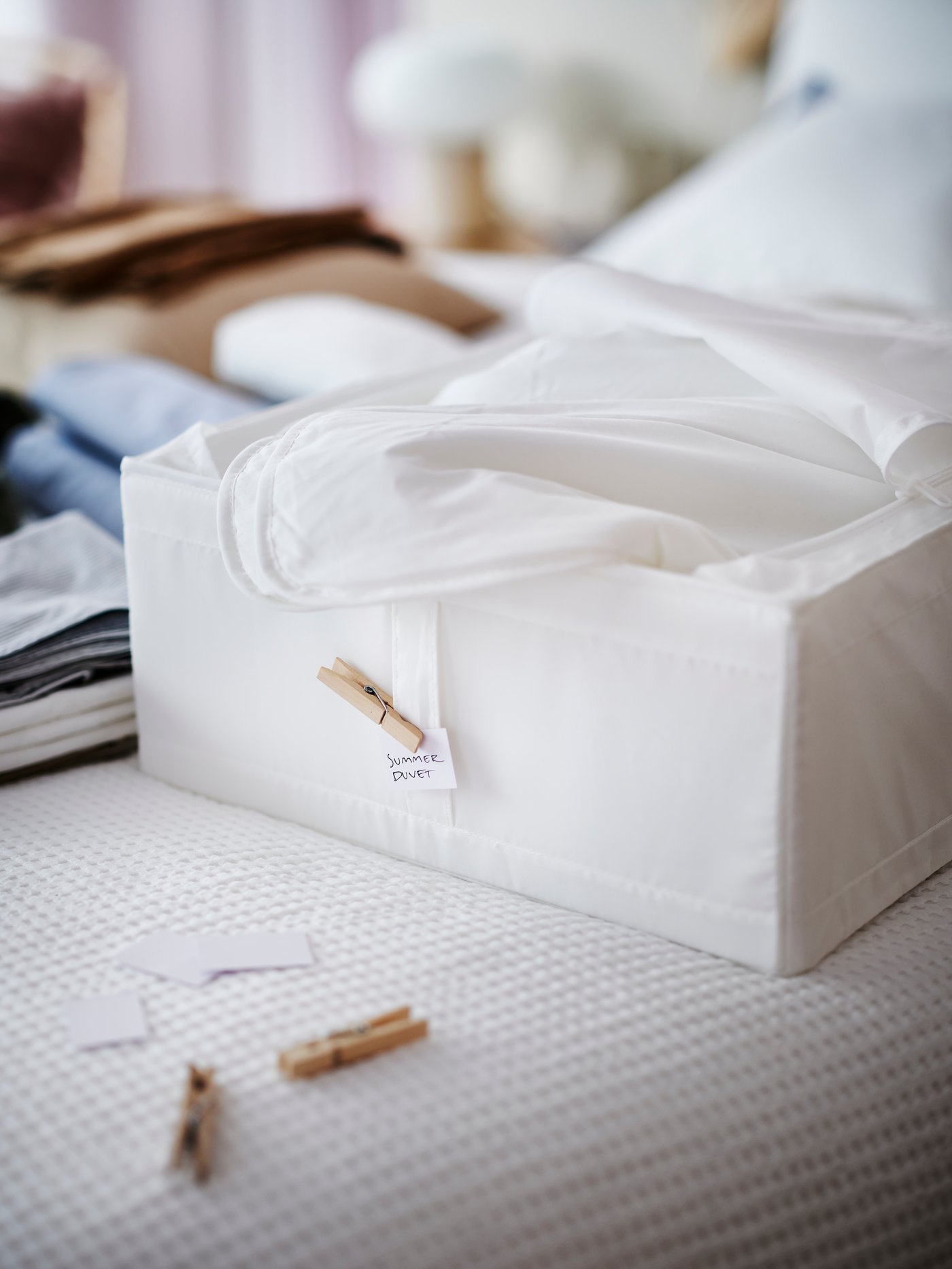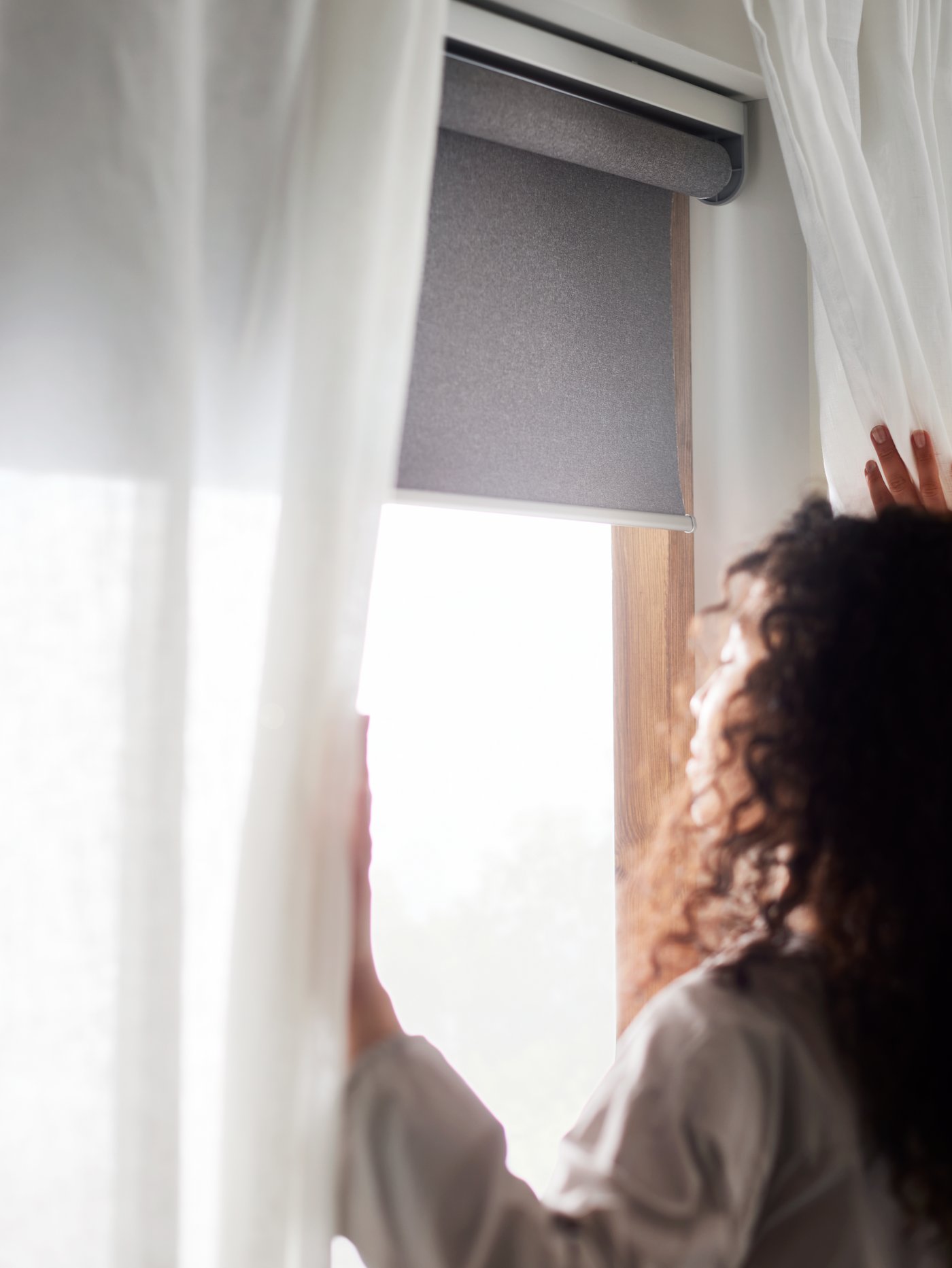Sound
Sleep soundly every night
Noises can disrupt your slumber. We unpack the essentials to minimize noise, explore soothing sleep sounds, and introduce modern sound systems to enhance your space.
Need noise to sleep? We have you covered.
Discover picture frames, bookshelf speakers, table lamps, and floor lamps with built-in Sonos Wi-Fi speakers to suit your home decor and sound needs for a sound sleep.
Explore more essentials for great sleep
The pesky noises are banished and your snooze tunes are on. Now let’s turn our attention to the other five components that can help you get a great night’s sleep every night!
The impact of sound on sleep quality
Noise can significantly disrupt your sleep, leading to frequent awakenings and poor sleep quality. Reducing noise in your bedroom can help you fall asleep faster and enjoy uninterrupted rest. Here’s how to minimize noise and create a serene sleep environment for better sleep.
Tips for reducing bedroom noise
Soundproof your bedroom
Soundproofing your bedroom can block out external noises. Here are some strategies:
- Seal Gaps: Use weatherstripping or door sweeps to seal gaps around doors and windows.
- Heavy Curtains: Install heavy, sound absorbing curtains to block external noise and provide additional insulation.
- Acoustic Panels: Add sound absorbing acoustic panels to your walls or ceiling to absorb sound and reduce noise levels.
Use white noise machines
White noise machines can mask disruptive sounds. Here’s how to use them effectively:
- Placement: Place the white noise machine or speaker near your bed or the source of the noise for optimal effect.
- Volume: Set the volume to a level that masks background noise without being too loud or disruptive.
- Sound Options: Choose a machine with multiple sound options, such as white noise, rain, or ocean waves, to find the most soothing sound for you.
Use earplugs
Earplugs can provide immediate relief from noise. Here’s how to choose and use them:
- Comfort: Select earplugs made from soft, comfortable materials that fit well without causing discomfort.
- Noise Reduction: Look for earplugs with a high noise reduction rating (NRR) to effectively block out sound.
- Reusable vs. Disposable: Decide whether you prefer reusable earplugs, which are more environmentally friendly, or disposable ones for convenience.
Rearrange your bedroom
Rearranging your bedroom can help reduce noise levels. Consider these tips:
- Bed Placement: Position your bed away from noisy areas, such as windows or walls adjacent to common areas.
- Furniture: Use heavy furniture, like bookshelves or wardrobes, against walls to act as additional sound barriers.
- Soft Furnishings: Add soft furnishings, such as rugs and cushions, to absorb sound and reduce echo.
Additional strategies for a quiet bedroom
Maintain a quiet household
Encourage a quiet environment throughout your home. Here’s how:
Quiet Hours: Establish quiet hours, especially during late night and early morning, to minimize disturbances.
Noise-Reducing Activities: Opt for quieter activities, such as reading or listening to soft music, in the evening.
Appliance Use: Limit the use of noisy appliances, like vacuum cleaners and washing machines, during your designated quiet hours.
Create a relaxing bedtime routine
A calming bedtime routine can help you wind down and block out noise. Here are some ideas:
- Relaxing activities: Engage in relaxing activities, such as reading, journaling, or practicing meditation.
- Consistent Schedule: Maintain a consistent bedtime routine to signal to your body that it’s time to sleep.
- Wind down: Spend the last hour before bed winding down by dimming the lights and avoiding screens.
- Address Household Noise Sources
Identify and address common household noise sources. Here’s how:
- HVAC systems: Ensure your HVAC system is well-maintained to prevent noisy operation.
- Plumbing: Fix any noisy plumbing issues, such as dripping faucets or rattling pipes.
- Appliances: Choose quieter appliances and ensure they are properly installed and maintained.
Consider a white noise playlist
A white noise playlist can be a simple and effective solution. Here’s how to create one:
- Streaming services: Use streaming services like Spotify or YouTube to find white noise playlists.
- Custom playlists: Create a custom playlist with your favorite white noise tracks for easy access.
- Sleep timer: Use the sleep timer feature on your device to automatically turn off the playlist after you’ve fallen asleep.
Seek professional help if needed
If noise issues persist, consider seeking professional assistance. Here’s how a professional can help:
- Soundproofing Experts: Hire a soundproofing expert to assess your bedroom and recommend solutions.
- Home Inspections: Consider a home inspection to identify and address structural noise issues.
- Therapists: If noise is causing significant stress or sleep issues, consult a therapist for coping strategies and relaxation techniques.




